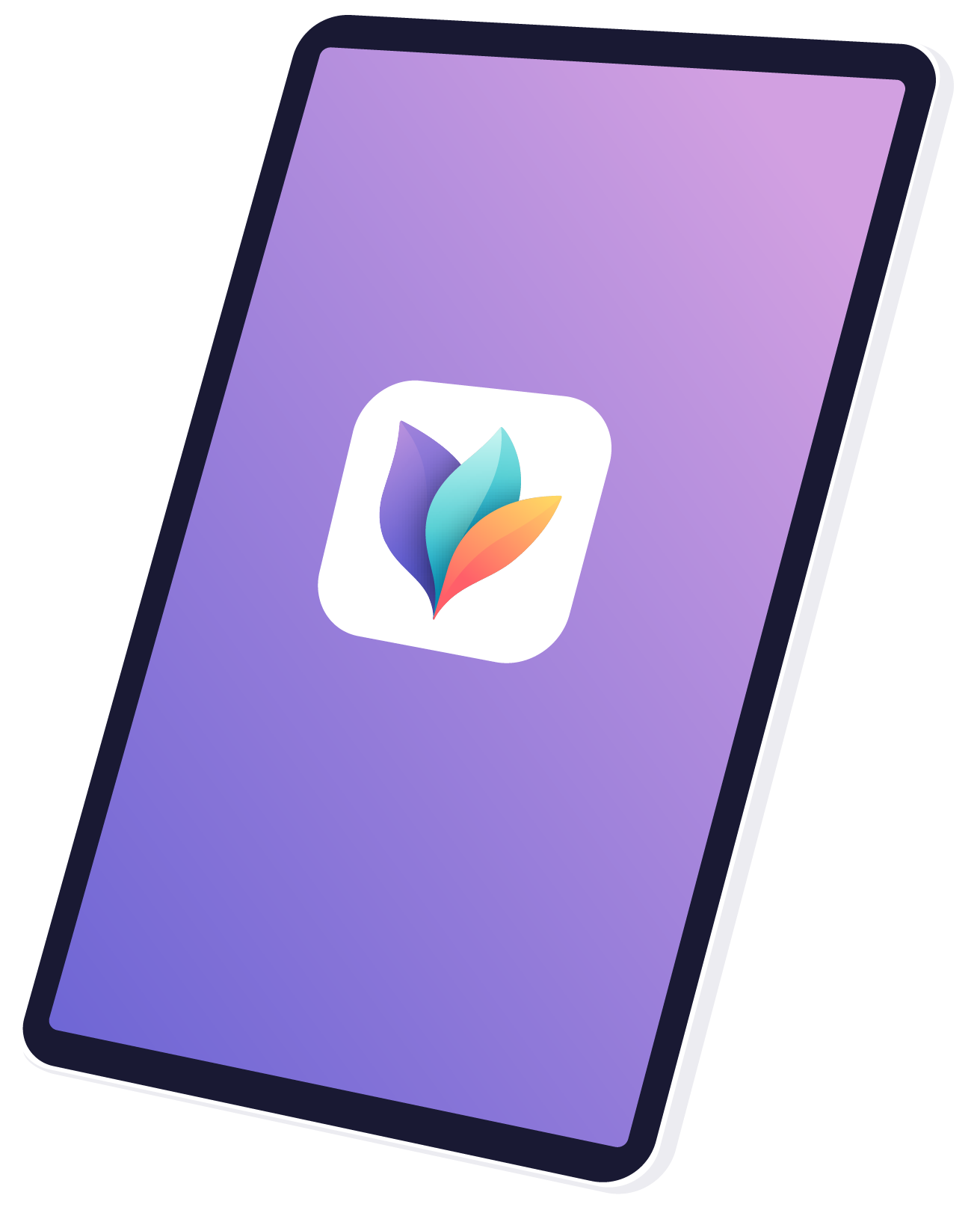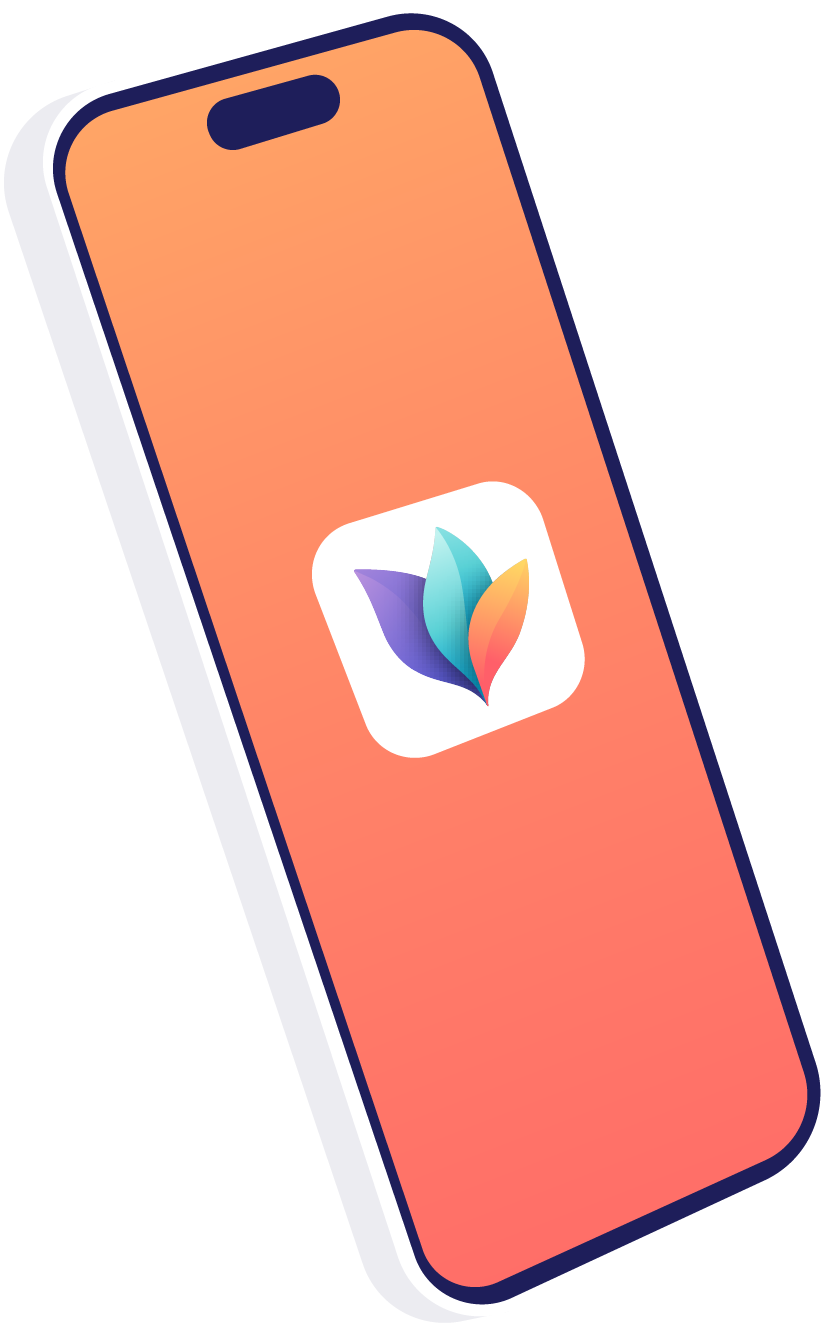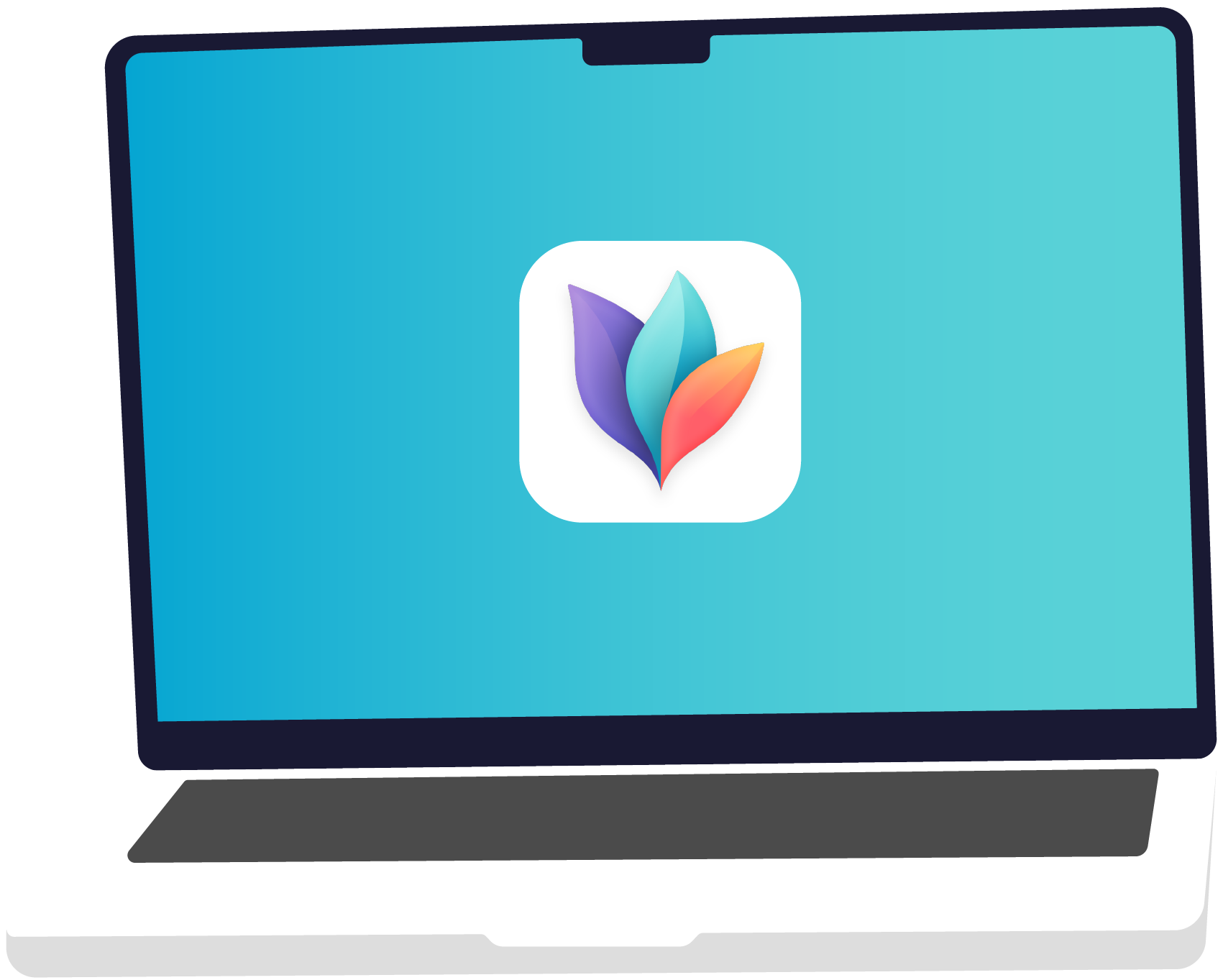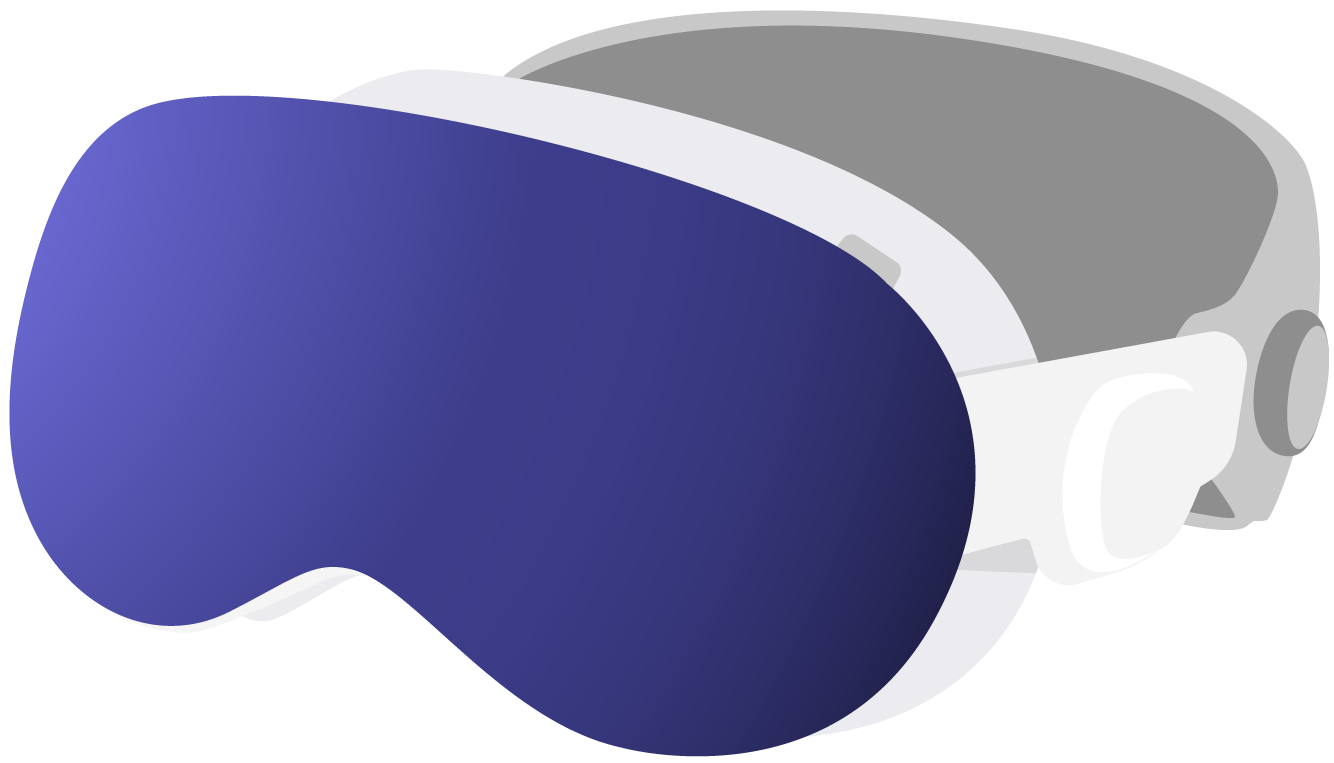Confusing MindNode Version Naming - The Attempt of an Explanation
Names have histories, and sometimes they aren't logical.
From 2008, we had a paid-up front app called MindNode Pro and an app called MindNode Lite, which was a limited free version. They had version number 1. Those were available at a time before the App Store.
In 2012, we stopped offering MindNode Lite on the App Store and had a free Demo version on our Website. After that, we only offered an app called MindNode Pro, version number 1, but there wasn't an alternative non-Pro version, and that caused some confusion.
In 2015, we updated MindNode to a new version number and name: MindNode 2 for Mac. This was our first paid upgrade, which could be purchased on the Mac App Store. Again, paid upfront.
Meanwhile, our iOS app MindNode for iOS went through all the version numbers from 1 to 4 with free updates. The iOS app, as well, was only available as a paid upfront purchase.
As we were thinking about names for the next major upgrade version of MindNode, we wanted it to be very similar for iOS and macOS, because the apps are very similar as well, and the different version numbers always confused users. So we decided to skip version numbers 3 and 4 for Mac and went straight to version number 5 in 2017. Which then allowed us to continue the count with version numbers 6 (2019) and 7. Those versions were still purchased individually for Mac and iOS (which made a lot of people quite angry) but came with a free trial. Also, the free version was a Free Viewer that allowed users to see, export, and import MindNode documents.
With the release of MindNode 7 in 2020, we also introduced our new cross-platform (so for iOS & Mac) subscription called MindNode Plus.
We noticed over the years that our previous release versioning scheme no longer fits our new development cycle: We no longer want to ship major updates; instead, we want to focus on regular, incremental improvements. This is why we switched to a year-based version number. Going forward, our release numbers are comprised of the current year, followed by the release number.
And now the latest addition to the family is MindNode Next. It is a brand-new version of MindNode built for the new age of spatial computing and collaboration. The MindNode Next app is built on a new foundation that allows for conflict-free syncing of documents. Now, documents are managed directly in MindNode itself using iCloud and are no longer stored in files on disk or third-party storage locations.
MindNode Next's version numbers start with the current year, followed by the update number. Whereas MindNode Classic will continue to use 2023, followed by the update number.
Get MindNode
Download MindNode now and start exploring your ideas in a whole new way.




